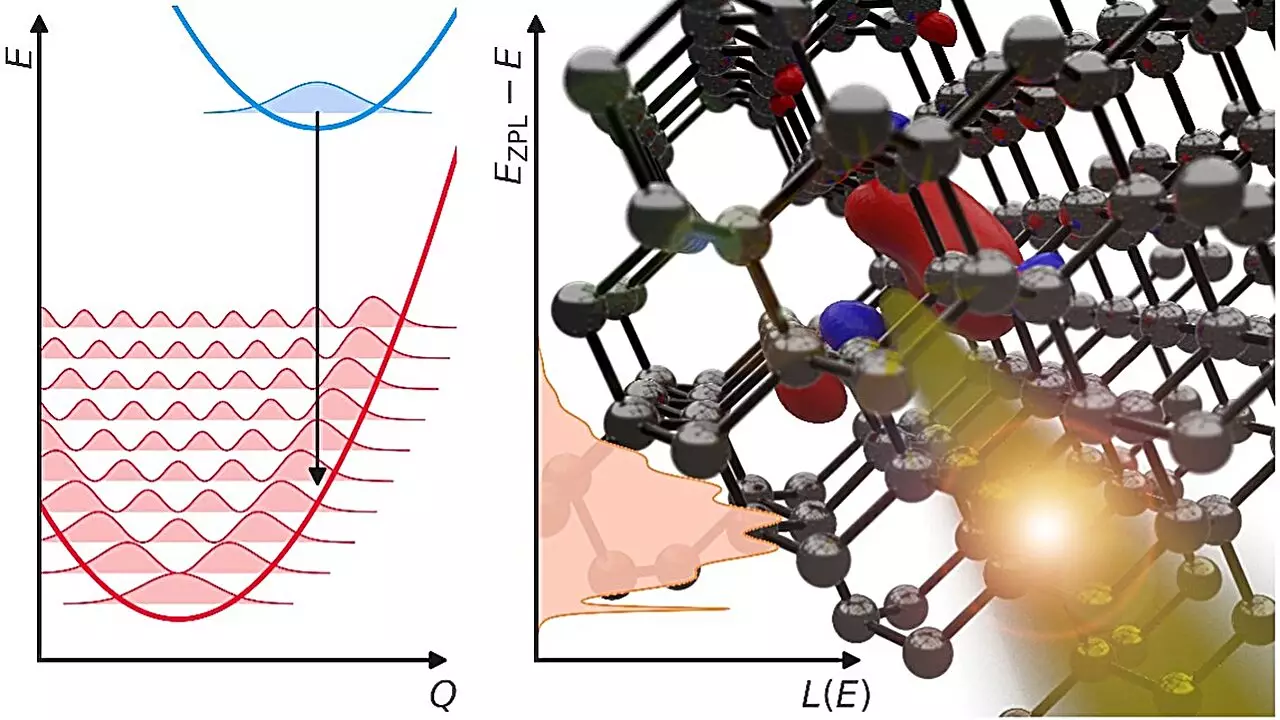As humanity embarks on the next great technological revolution, the concept of a quantum internet emerges as a beacon of possibility. While conventional computers have benefited immensely from the relentless expansion of the internet, it begs the question: how can we fully unlock the potential of quantum computing without a dedicated quantum internet? This isn’t merely a hypothetical query; the intertwining of quantum mechanics and networking technology is rapidly evolving into a reality that could redefine the computational landscape forever.
The essence of any robust communication system lies in its ability to transmit data efficiently and reliably over vast distances. Traditional methods utilize electrical signals, yet the quantum realm offers an intriguing alternative through the utilization of photons — the fundamental particles of light. Photons play a pivotal role in quantum information transfer due to their remarkable properties. With minimal interaction with their surroundings, they retain their quantum state over extended distances, making them ideal carriers for quantum information, particularly in the complex dance of entanglement that characterizes quantum systems.
The Challenge of Photon Emission
Despite the compelling advantages that photons offer, the practical realization of this vision is hindered by several significant challenges, especially in the production of photons at telecom wavelengths, which are optimal for long-distance transmission via fiber optics. This is where the insights from the UC Santa Barbara College of Engineering come into play. Researchers, led by materials professor Chris Van de Walle, have painstakingly dissected the intricacies of photon generation, focusing specifically on the role of atomic-scale imperfections, or quantum defects, in crystalline materials.
These quantum defects have the potential to emit single photons that are indispensable for quantum communication. However, the emission efficiency diminishes as the wavelength shifts into the infrared spectrum. The atomic vibrations within the material act as parasitic energies, absorbing potential light emissions and leading to inefficiencies. Van de Walle and his team developed sophisticated theoretical models to elucidate this interaction, effectively combing through the complex relationships governing photon emission rates.
Engineering a Solution
The implications of their findings are profound. Understanding the mechanics behind photon emission enables researchers to identify and implement strategies that enhance the performance of quantum emitters. As Mark Turiansky, a lead researcher from Van de Walle’s lab, points out, careful selection of host materials, alongside meticulous atomic engineering, represents a promising path to rectify efficiency issues. The crux of their research underscores the potential for innovative design in crafting emitters that are not only brighter but also optimized for the specific demands of quantum communication networks.
Additionally, integrating these photon emitters into photonic cavities stands out as another avenue of progress. This coupling method enhances photon creation and captures those elusive quanta more effectively. Herein lies the collaborative synergy among experts in the Quantum Foundry, exemplified through contributions from computer engineering professor Galan Moody and graduate researcher Kamyar Parto. Their interdisciplinary efforts illustrate the vital necessity for collaboration across various fields, culminating in breakthroughs that may ultimately pave the way for the quantum networks of tomorrow.
A New Paradigm in Communication
As we envision a future where quantum networks facilitate instantaneous data transfer and unparalleled computational capabilities, the research spearheaded by Van de Walle and his team signifies a monumental stride towards realizing this ambitious goal. The melding of quantum mechanics with innovative engineering techniques provides a tantalizing glimpse into a landscape where we no longer grapple with traditional constraints of speed and efficiency.
In essence, the journey towards a quantum internet is not merely about developing new technologies; it represents a transformative shift in how we perceive and utilize information itself. By harnessing the extraordinary properties of photons, we can anticipate not just an extension of our current capabilities, but an entirely new framework of communication that emanates from the principles of quantum physics. The interplay between light, quantum defects, and meticulous engineering heralds a future where connectivity reaches unprecedented heights, illuminating the path for the next generation of digital infrastructure. The implications are vast, and the future, undoubtedly bright, is on the horizon.


Leave a Reply